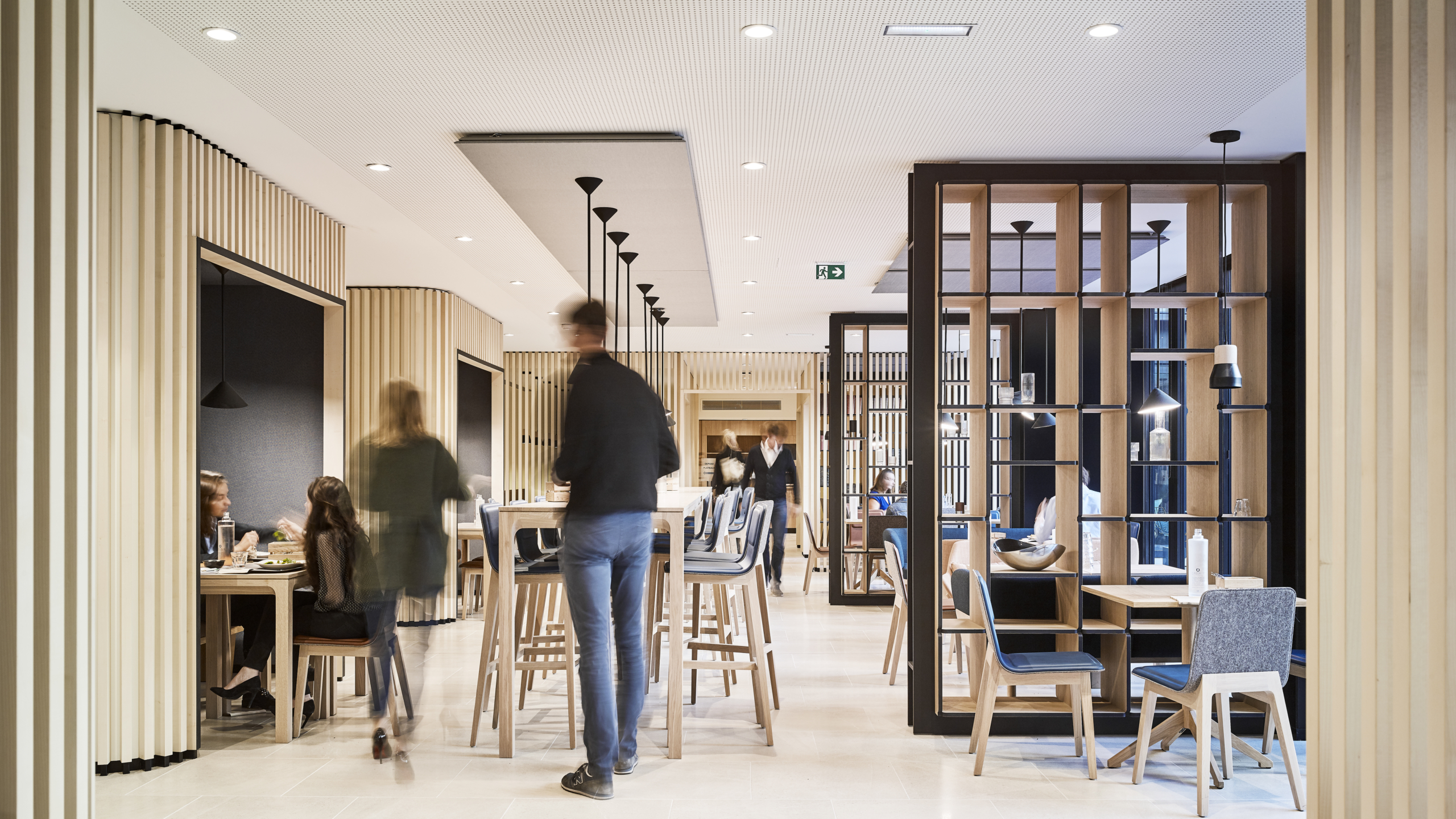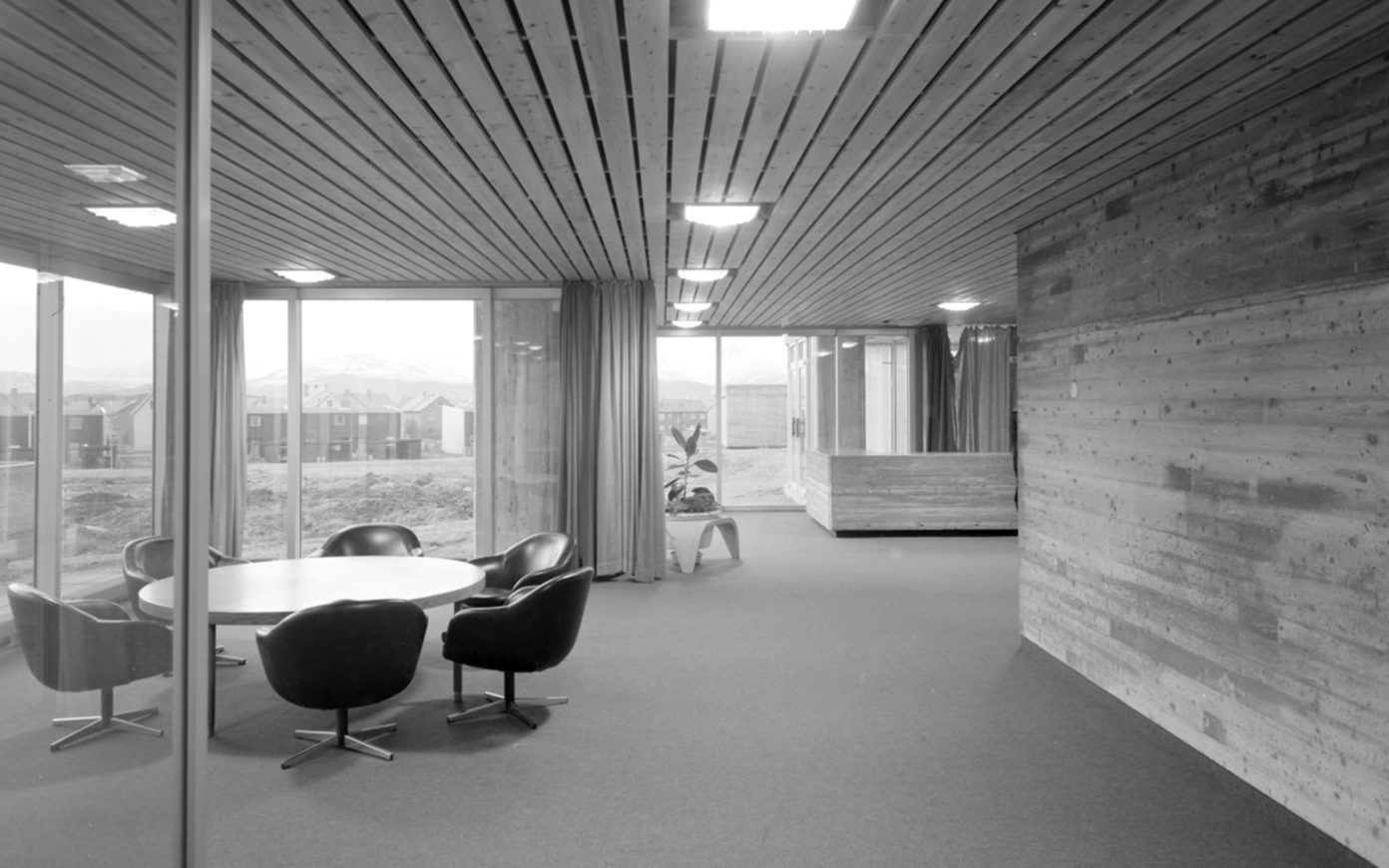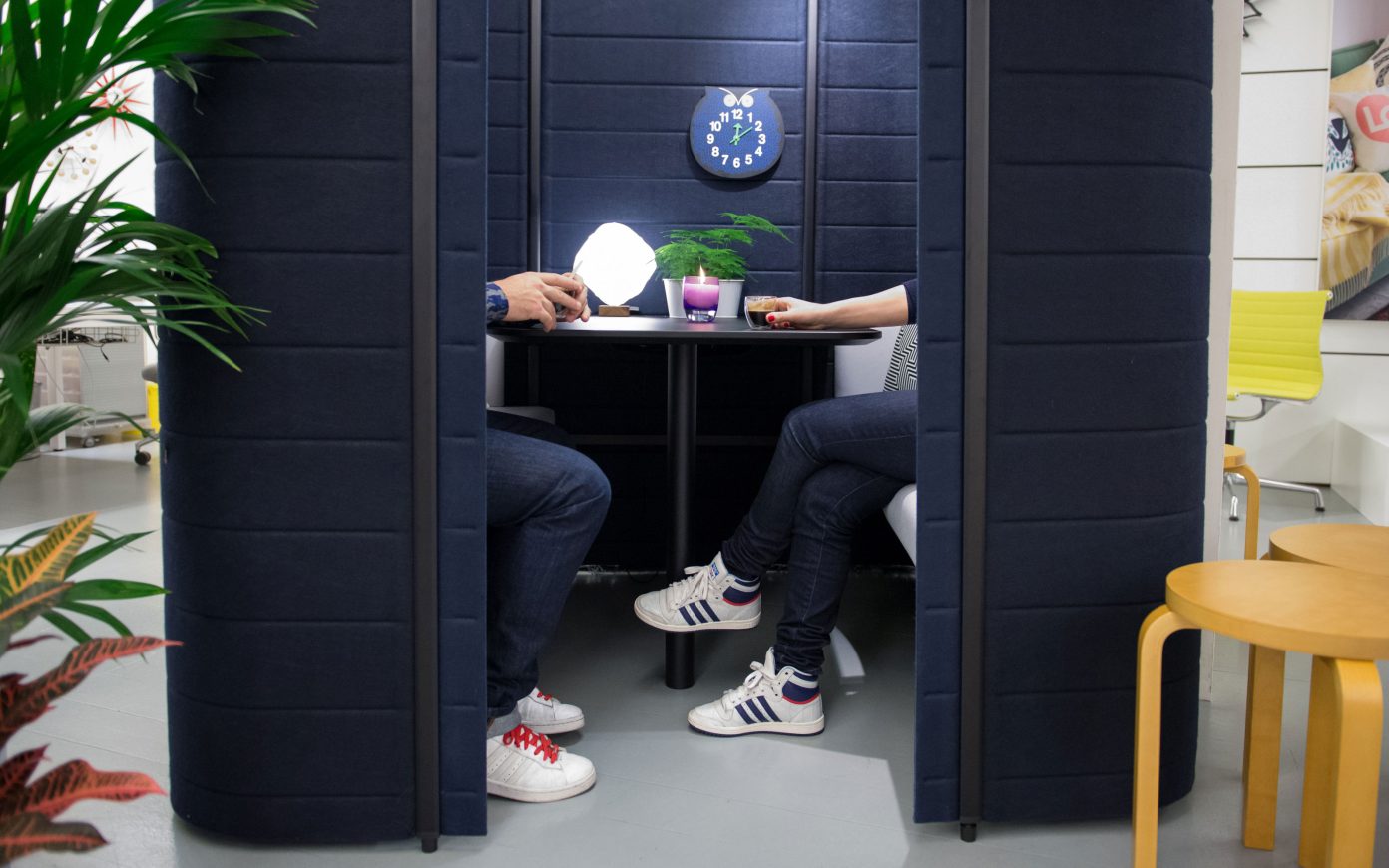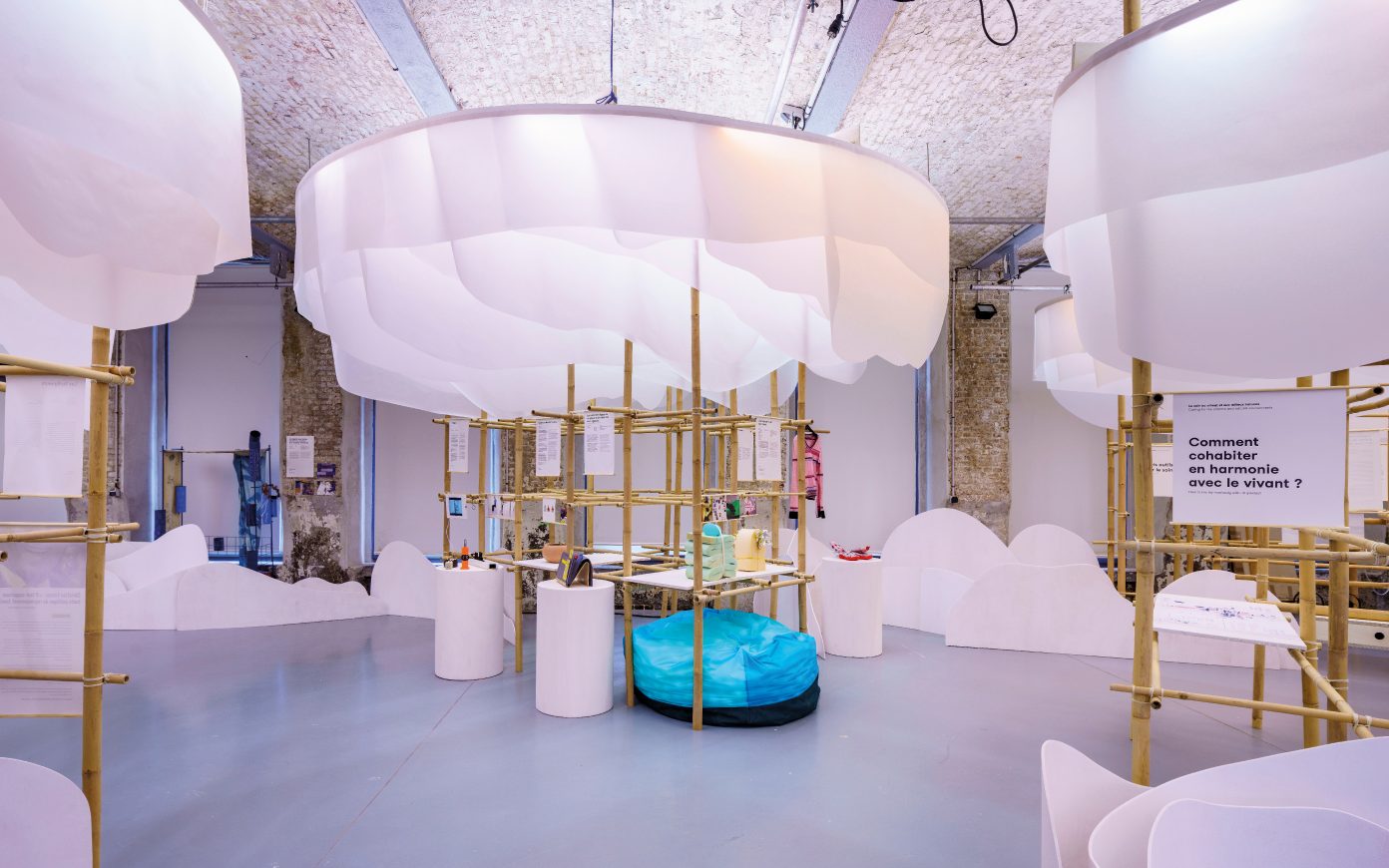Lunch is an important time of the day that’s so obvious that it could very well fly under the radar of major contemporary issues. Lunch at work is nevertheless a rich research subject given that it is at the intersection of a large number of sociological, anthropological, and health-related issues. Workplace cafeterias have carved out a special place in our daily lives ever since they were institutionalized in France by the 5 October 1960 decree, in which companies with over 25 employees were required to provide a catering space. The postwar economic boom witnessed an upturn in the number of meals taken outside of home (in a canteen, company cafeteria, bring-your-own-lunch) rising from 8.6 million in 1956 to 34.6 million in 1971. The massive increase in the employment rate of women, on the one hand, and the ever-increasing distance between the place of residence and the place of work on the other, fueled this upheaval.
Originally, eating three meals a day was considered a hallmark of the “French model” explored by sociologists and nutritionists. That most people in France continue having breakfast, lunch, and dinner as instituted features of their day is truly distinctive. In a large-scale food survey conducted by CNRS, INSERM, and INRA in 2010, based on a panel of 3,000 Parisians, the persistence of this model, as well as the ways in which it is changing was revealed.
For example, a full 33% of Parisians of both genders have lunch at work, or close to work, several times a week. A higher proportion of male management employees have their lunch break at the restaurant than their female counterparts. Conversely, it was noted that more women than men eat lunch at their desk. Age groups also have diverging behaviors. Younger age groups more readily eat lunch outside of the office (not only in restaurants, but also in parks, etc.). Sociologists observe in this increased commensality of young professionals—eating meals in the presence of other people—a need to weave connections and to build one’s professional socialization. It is during lunch that information is traded and where some of the serendipity, particular to the service sector, plays out. For this reason, when BETC moved to Pantin (in the inner suburbs of Paris), the full-service ad agency not only shifted to a “flex office” model, but also placed extreme emphasis on organizing its new company cafeteria, even defining tailored seating charts each day in order to ensure that its employees would cross paths with one another.
There nevertheless remains a mystery, seemingly uninfluenced by class, gender biases, and corporate differences in that the duration of lunch breaks is invariably the same across all the whole population, lasting 48 to 52 minutes per day. It’s a mystery because there’s a marked difference on that point between France and other European countries (where a steep decline in the time devoted to meals over the past twenty years). Various factors have been laid out to explain this specificity: meal time is an established practice built into the timetables of the French… and meals remain a highly cultural issue in a country where fine dining is considered a way of life.
However, a closer look reveals thought-provoking underlying trends. As demonstrated in the 2010 study, a new category was then emerging, representing 12% of the Parisian panel—young professionals, rather more male and educated than the average, who skip breakfast and only seldom have lunch or supper at home, were not having lunch at their employer’s premises either. This new category could now be supplemented by new ones given how much lunch patterns have become even more fragmented. They reflect changes in behavior that no single catering solution can adequately address.
The conventional operators that had been involved in the growth of mass catering were leapfrogged by formidable rivals using novel approaches—offering tailored solutions for office lunch, and reducing the spatial footprint of catering whenever possible. No more is installing kitchens in office buildings necessary as these have given way to the so-called “dark kitchens”—often located at a distance from the company—that supply meals to be reheated, prepared, and presented in smaller spaces in the office buildings. Looking for guaranteed freshness and wise planning? Connected fridges allow for mass catering while pursuing food diversity and freshness by drawing upon familiar features of vending machines… And why not make the whole cafeteria digital? Virtual cafeterias allow users to skip the physical kitchen altogether. Each morning, the employees are invited to choose their meal on an app, later having it delivered to them ready to eat or to reheat in the microwave with no kitchen necessary.
This streamlining of the way lunch at work is organized improves the range of choices available to users. If one’s meal can be tailored to one’s needs, why suffer the inconveniences of an imposed set meal and a single place to eat it? Traits that have been long observed by sociologists are being reactivated.Eating lunch at one’s desk, individually, is thus analyzed as a way of creating a comforting nest at one’s workstation, of personalizing it, but also of escaping from the control and constraint that might be associated with collective meals in the company cafeteria. Catering to and embracing specific diets (related to health, religion, or lifestyle choices) was fueled by these transformations.
In addition to the fact that workplace cafeterias remain the most unloved of catering establishments in surveys, the COVID-19 health crisis has increased their general distrust. Health authorities have identified collective lunches as being one of the most frequent sources of infection in the workplace. So does the workplace cafeteria still have a future? Its very name is already different from one company to another. Catering premises are now completely redesigned in order to offer various scales and forms, often through hybridization with work places. In office premises, the diversification of spatial forms, services, and building operations have opened up an issue that is more cultural and social, than logistical. Programming a catering service that combines diversity and responsibility, creating an environment that incites comfort and the desire to meet and socialize, elaborating unique atmospheres that invite users to go beyond the limited horizon of the meal itself. Lunch isn’t as simple as needing menus and spaces anymore. It must now be conceived as an experience down to the last detail.




